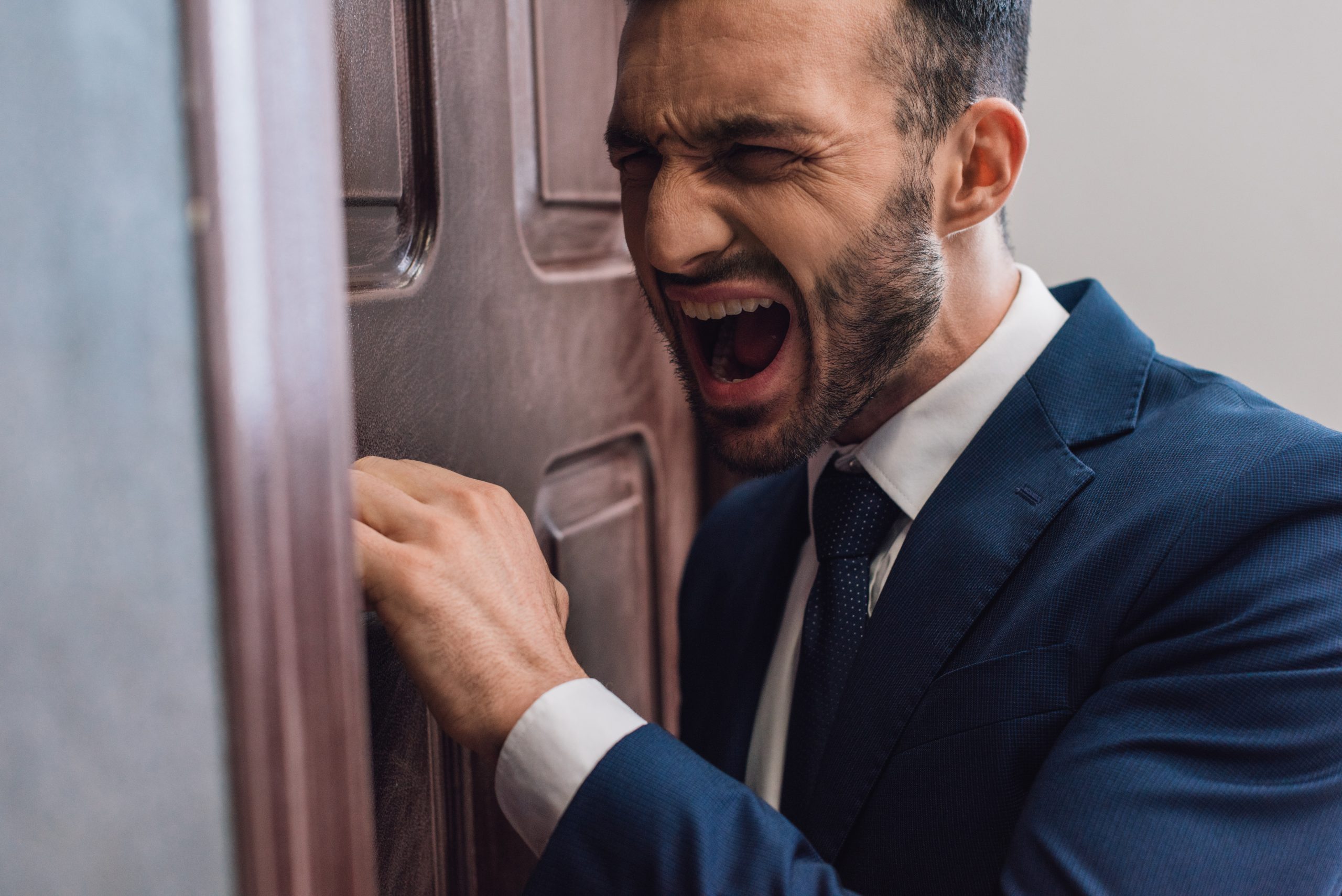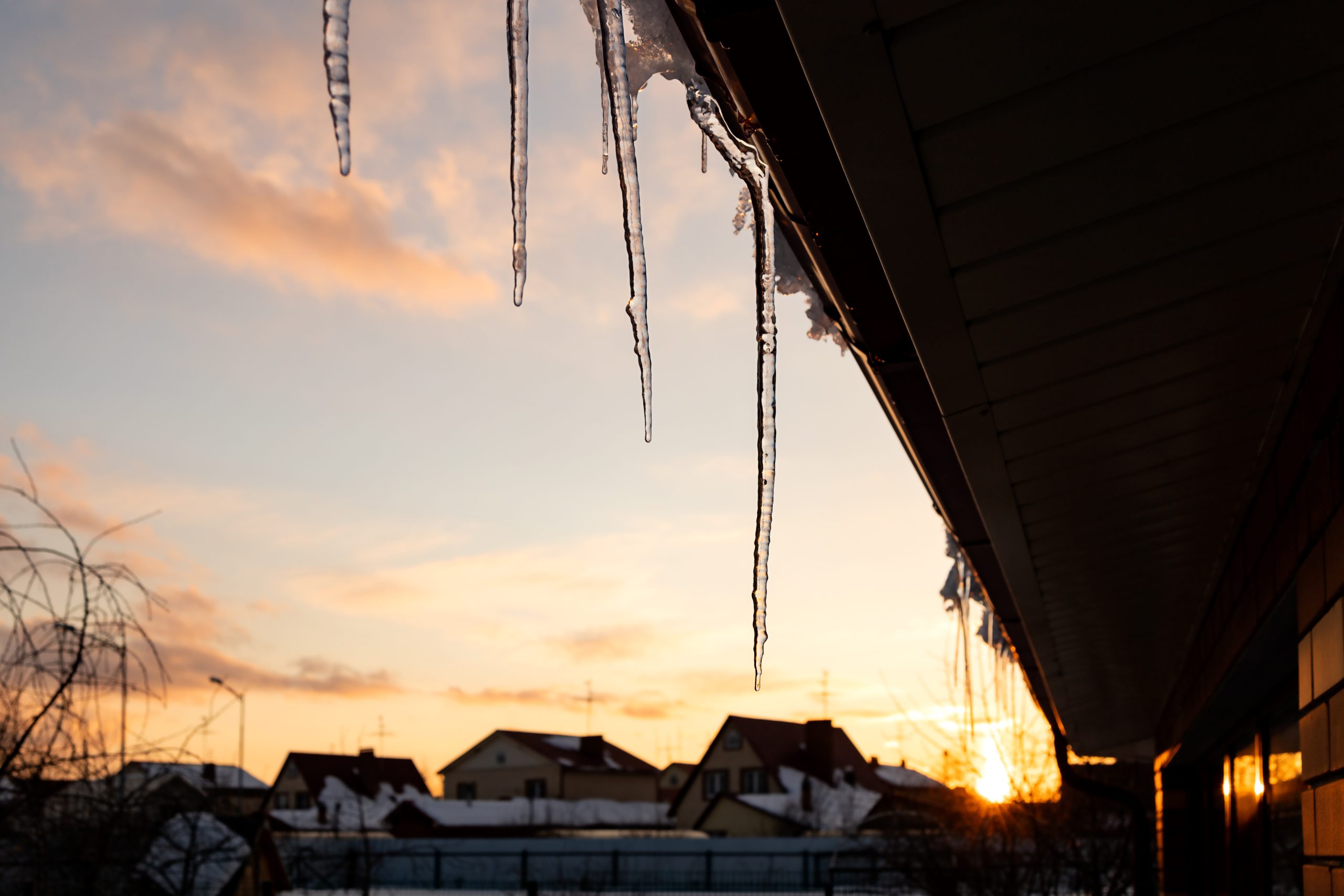Can I Install a New Roof Over an Old One? Understanding Overlay Vs. Replacement
Deciding whether to overlay a new roof on top of your old one or to opt for a complete replacement is a critical decision for homeowners. This choice not only affects the cost and duration of the project but also has long-term implications for the roof’s performance and lifespan. Let’s delve into the considerations involved in making this decision, highlighting the pros and cons of each option.
Overlay: Pros and Cons
An overlay involves installing a new layer of shingles directly on top of the existing roof. This method can be appealing for several reasons but also comes with significant drawbacks.
- Pros:
- Cost-Effective: Generally, an overlay is less expensive upfront since it eliminates the labor and disposal costs associated with removing the old roofing materials.
- Quicker Installation: The process is faster because it skips the tear-off phase, meaning your roofing project could be completed more rapidly.
- Cons:
- Shorter Lifespan: Overlays can shorten the new roof’s lifespan because the additional layer retains more heat, which can degrade the shingles more quickly.
- Hidden Damage: By skipping the removal of the old roofing materials, any underlying damage or deterioration (like rotted decking or hidden leaks) won’t be addressed.
- Weight Issues: The extra layer of roofing materials adds weight to your home’s structure, which might not be designed to support it, potentially leading to structural issues.
- Warranty and Resale Concerns: Many manufacturers will not honor warranties on shingle overlays, and potential homebuyers might be wary of homes with overlaid roofs due to the potential for hidden issues.
Complete Replacement: Pros and Cons
A complete replacement involves tearing off the existing roof down to the deck before installing the new roofing materials. This method is widely recommended by professionals for several reasons.
- Pros:
- Thorough Inspection: Removing the old materials allows for a comprehensive inspection of the decking and structure, ensuring any damage can be repaired before the new roof is installed.
- Longer Lifespan: A new roof installed on a clean deck, with proper underlayment, tends to have a longer lifespan and better performance, as it’s not subjected to the additional heat that an overlay would retain.
- Increased Home Value: A complete replacement often adds more value to your home, appealing to potential buyers with the promise of a new, fully warrantied roof.
- Better Aesthetics: Without the old layer underneath, the new shingles lay flatter and look more aesthetically pleasing.
- Cons:
- Higher Initial Cost: The cost of tearing off the old roof and disposing of the debris can make a complete replacement more expensive initially.
- Longer Project Duration: The process takes longer due to the additional steps involved in removing the old materials.
Making the Decision
Choosing between an overlay and a complete replacement depends on several factors, including your budget, the condition of your current roof, and your long-term plans for the property. While an overlay might be tempting for its cost savings and quicker installation, the benefits of a complete replacement — from longevity and performance to aesthetics and home value — often make it the wiser investment.
Regardless of the direction you choose, consulting with a reputable roofing professional can provide you with tailored advice based on the specific conditions of your roof and home. Their expertise can guide you to the most beneficial and cost-effective decision, ensuring your home remains protected and beautiful for years to come.


